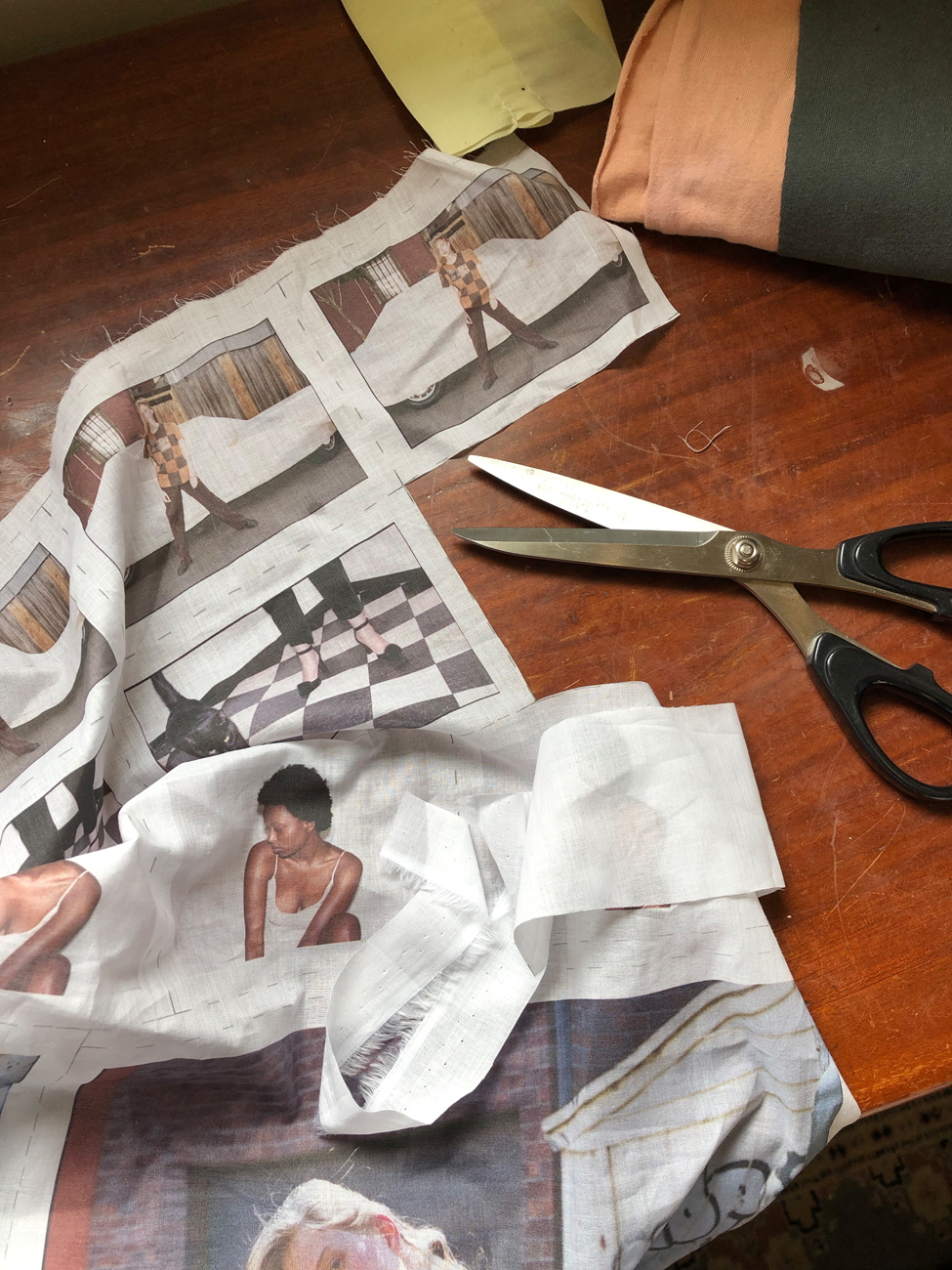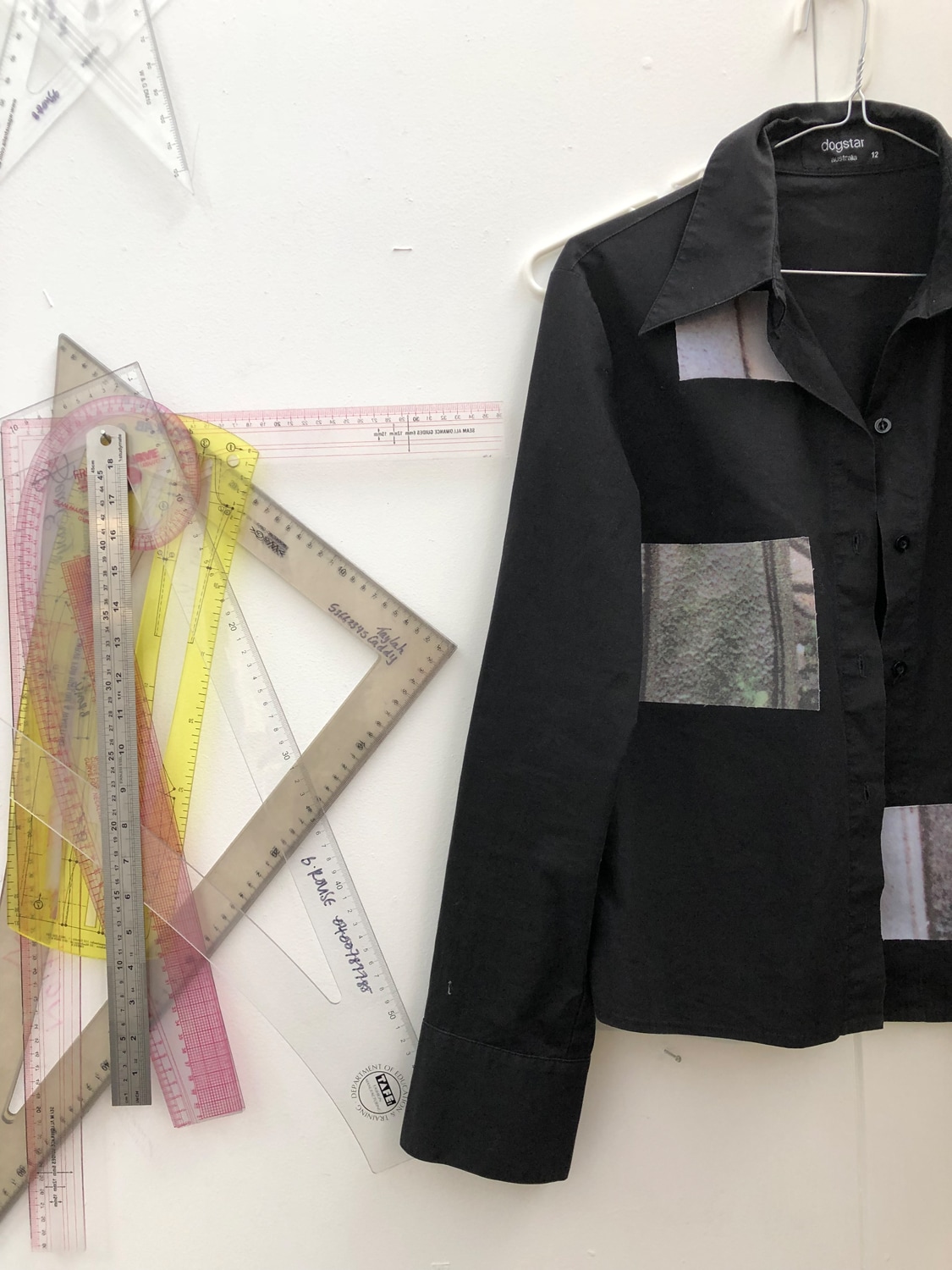Brittany Rouse
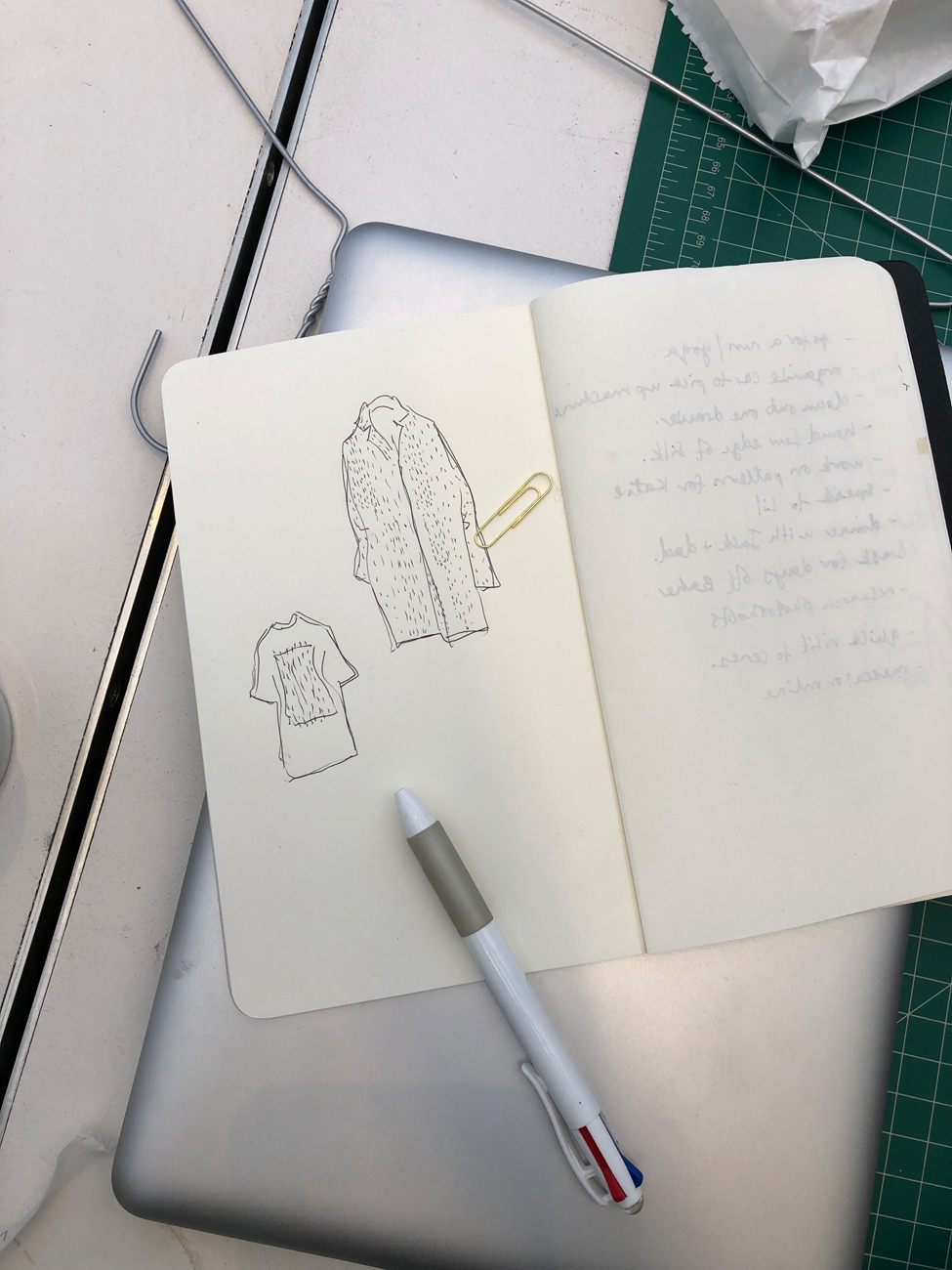
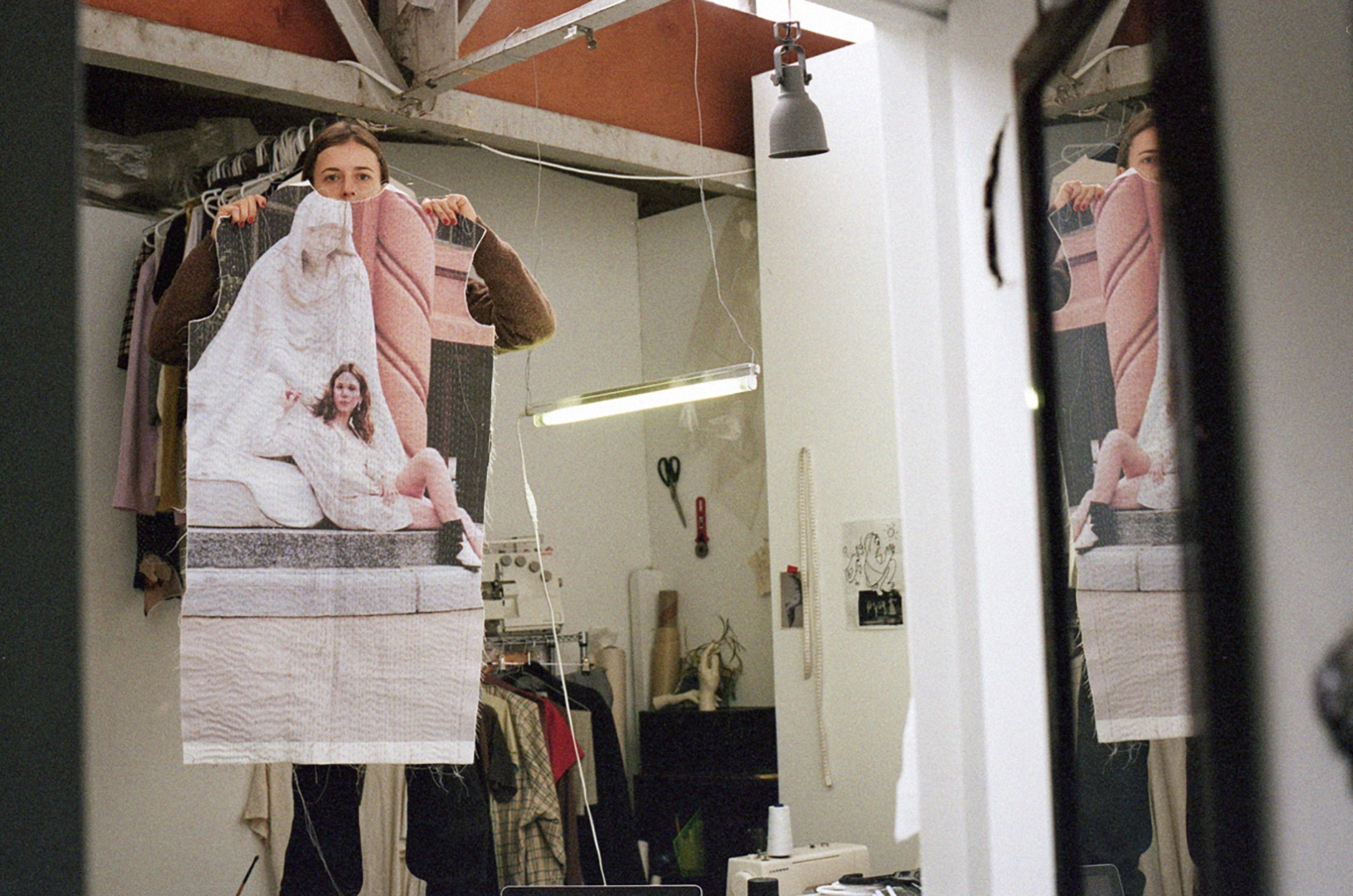
BRITTANY ROUSE INTERVIEW
by Shannon Green:
Designer BRITTANY ROUSE has a focus of making and altering existing items with a familiarity of fixing and adjusting things from experiences as a technician in both textiles and other industries.
As a result, repurposing someone else’s hoarded collection of t, shirts, dresses and shirts came naturally. In the same sense, BRITT refreshes the secondhand clothing pieces, through slight adjustments, cutting reshuffling shapes before putting them back together again, and adding a new sense of life through tactility and weight from hand-stitched elements.
sgMatt Finish has an ethos of sustainability, with the intention to give new life to existing
garments. With this renewable consideration were you having any particular
conversations around this project with yourself and the people around you?
brI’ve always worked by renewing disused things, so sustainability is usually apart of my thinking
and conversations with friends and practitioners.
I have a friend who’s an architect and currently renovating his mums house. He removed a wall
and decided not to plaster up the mark left behind by lost payers of paint. I guess we were
speaking about leaving behind marks of history, but also sustainability because there’s a sense
of leaving the bare bones and the function of an object rather than adding raw materials to make
something look like new. Renewing something but keeping the clues of its past life rather than
covering them up.
He called the work that I was doing with Matt Finish ‘clothing renovations’ which made a lot of
sense to me.
sgHow do you incorporate sustainability within your own brand, are there any parameters
you set in place to help create a sustainable production and final product?
brI don’t have specific parameters other than I rarely ever work with raw materials. I turn towards
secondhand things because I like the history and stories that they hold but also because there is
so much - too much of it at our disposal. If I had a business/brand, I’d be very considered with
the labour I had to outsource - choosing only from ethical businesses and local manufacturers.
sgDid the images have any impact on the designing process?
brDefinitely, I’d never really worked with print or photography before so I found it challenging for
the most part to incorporate them into the work. But because the photos have such an impact
and authenticity, it made me simplify the design process and focus more on balance rather than
redesigning the cut or shape of the garment too much. Also, the photos are so textural so it was
nice for them to represent that element in the outcome.
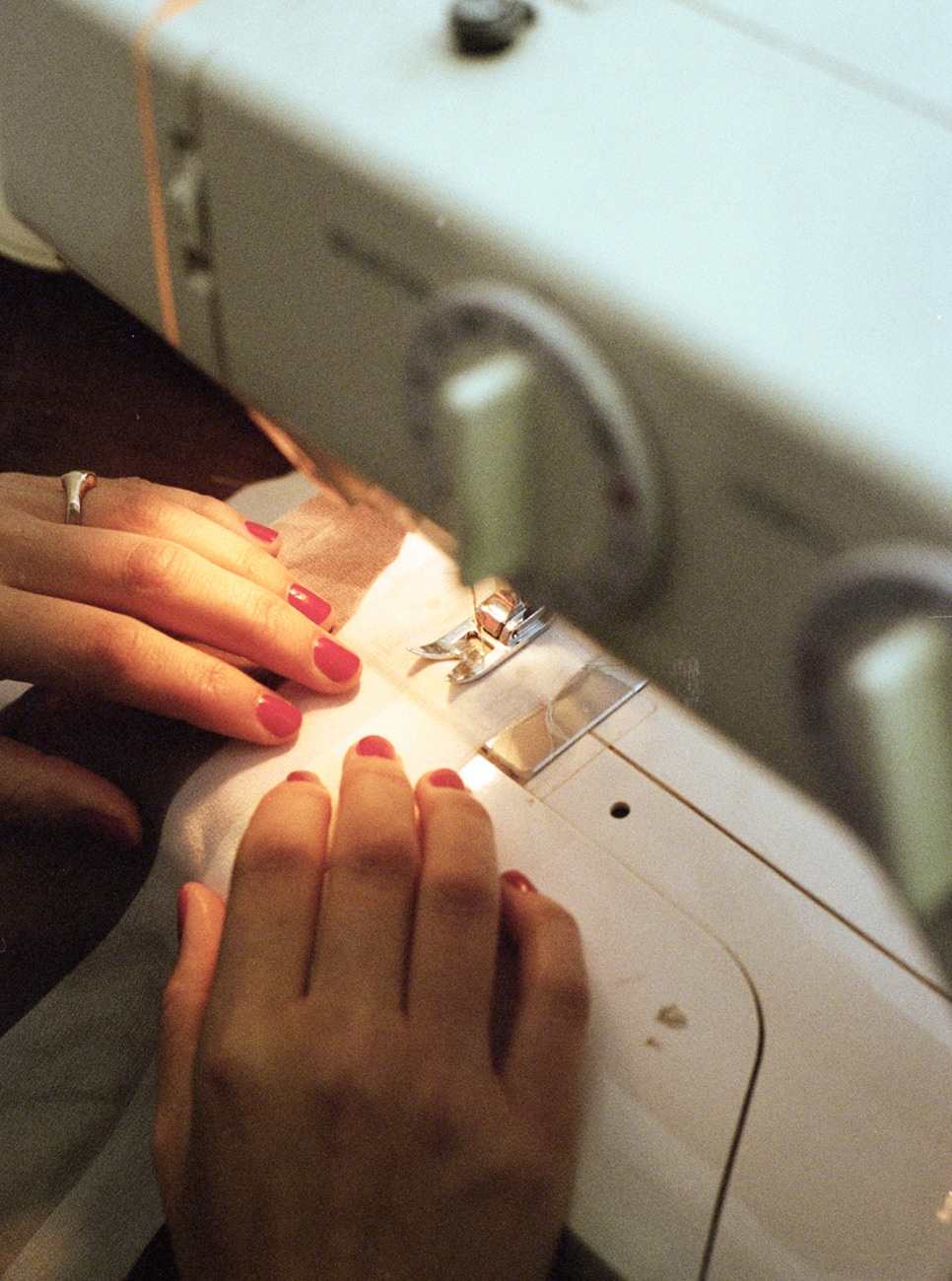
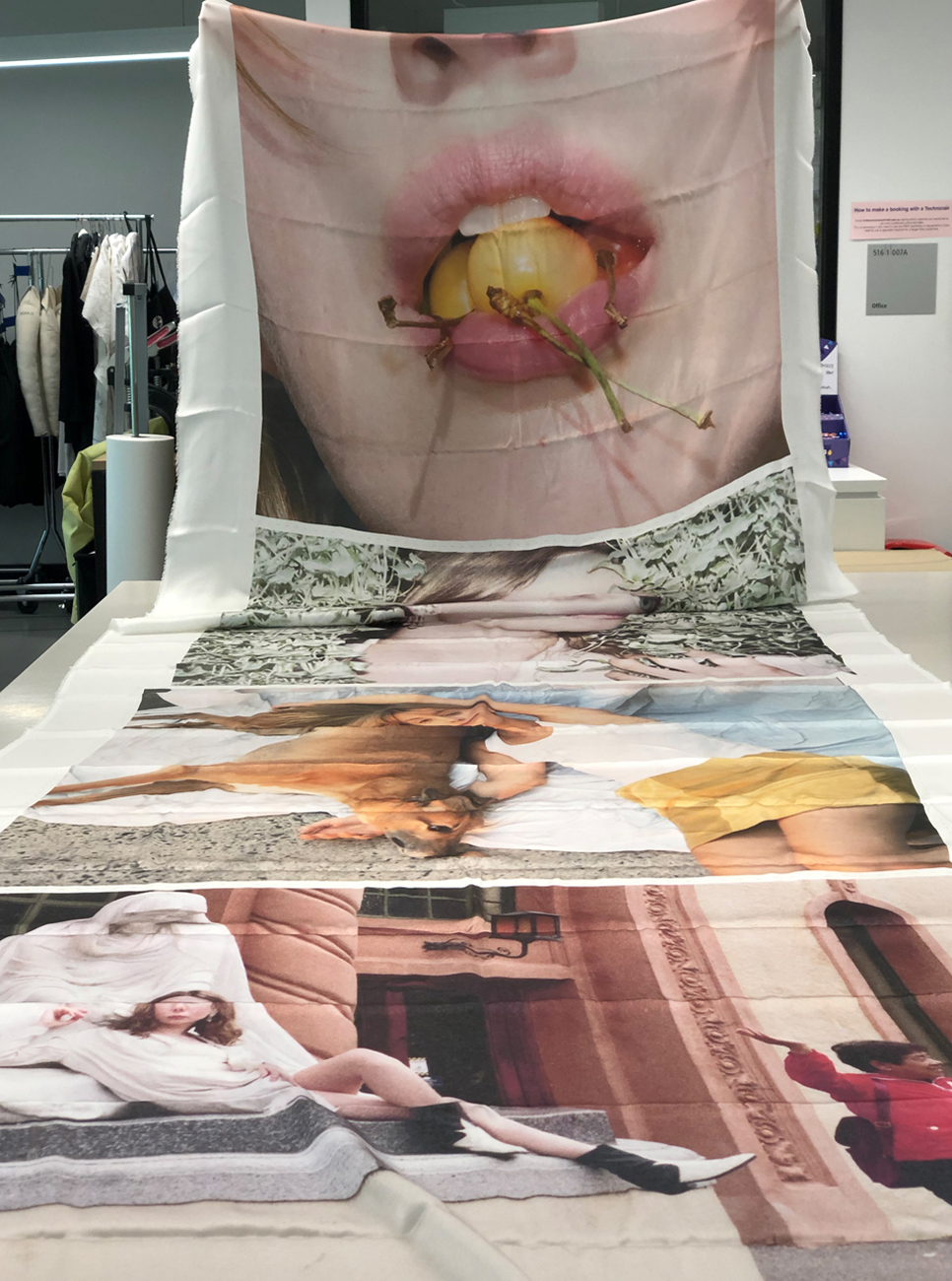
sgAside from the image incorporation, what was the design process like to recreate
upcycled garments?
brBecause we were in the very early stages of the project, I had time to explore lots of different
techniques. I’m not wonderful at planning ahead so this worked well for me but probably
resulted in a broader range of outcomes. In terms of techniques after lots of play, we ended up
repeating the checkering technique (splicing, reshuffling before reconstructing), bonding and
then there’s a few moments of quilting too.
sgIs there something exciting about creating limited edition garments?
brI suppose the exciting part of each garment, aside from being a one-off, is that they’re a pretty
authentic representation of an idea. Like with a toile, you often try things out or make mistakes. I
did some sampling of techniques before working on each garment but other than that, the ideas
were trialed on the garments themselves. The intention of creating wasn’t necessarily about
exclusivity or anything like that - rather an honest representation of two very different ideas
merging together. On top of that, the photographs add narrative to the garment so that’s really
special.
sgWhat was the most enjoyable part of the design process with Matt Finish?
brThe most enjoyable part of the design process was working with Agnieszka - whose practice is
wildly different to my own. Trying to find the links between our practices and find the balance
was really enjoyable. Also the process as a whole - it’s like a looping effect; starting with a
beautiful image, incorporating it into a secondhand garment, re-shooting the garment in its new
form to create a new image. The image and the garment are continuously recycled.
